Important Food Label Terms Americans See Often And What They Really Mean
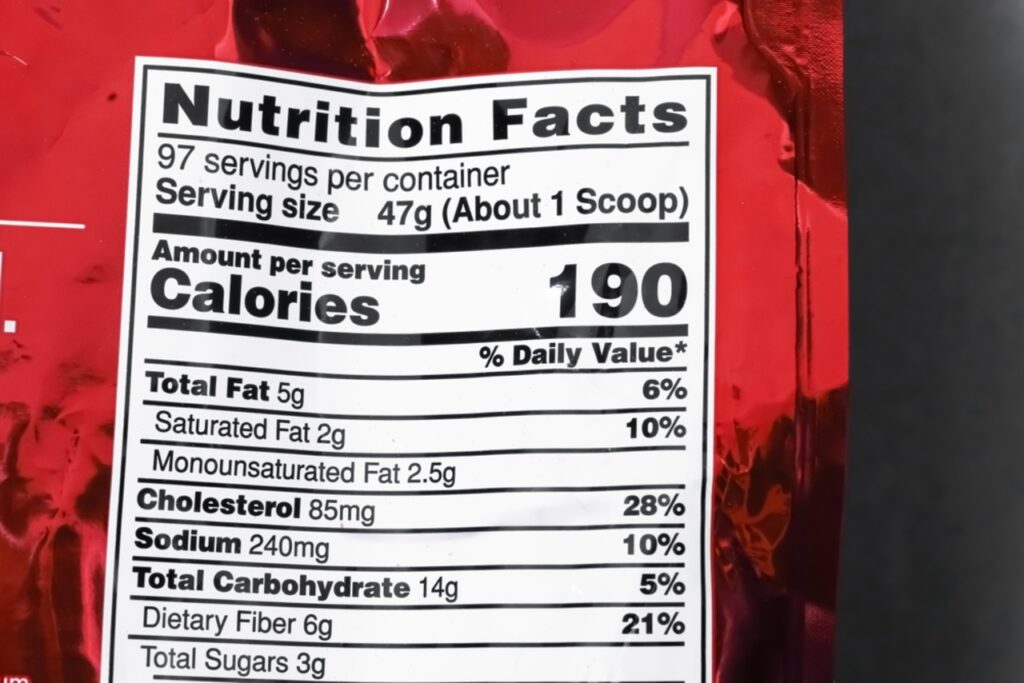
Food labels look simple at first glance, but they carry far more meaning than just numbers on the back of a package. Every line tells a story about what you’re really putting into your body, from how much sugar is hidden in a “healthy” snack to whether that loaf of bread is truly whole grain. The trick is knowing how to read between the lines. Once you understand the key terms and what they actually mean, you can shop smarter, eat better, and feel more in control of your choices.
1. Serving Size / Servings Per Container
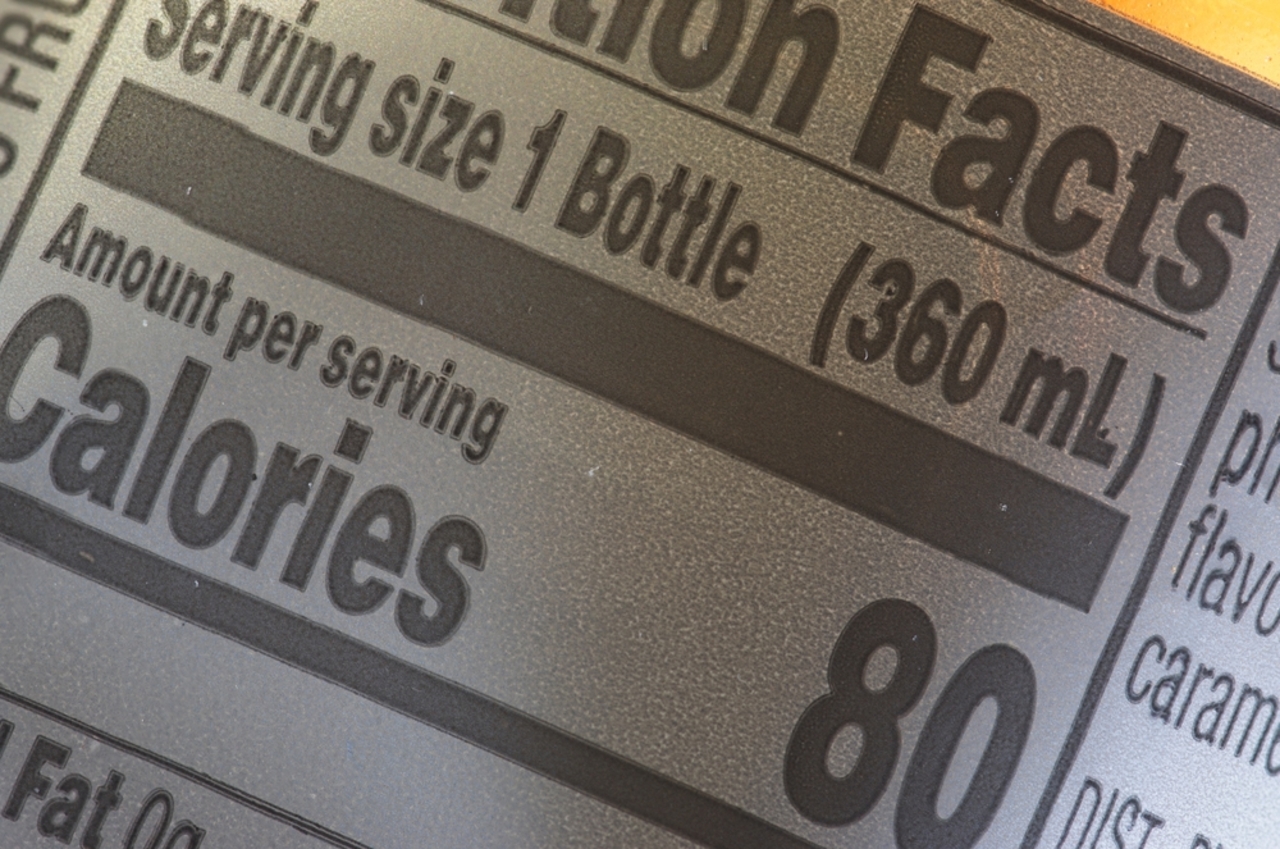
Serving size is the foundation of every food label because it sets the reference point for all the numbers that follow. It shows the standardized amount of food used to calculate calories and nutrients, but it doesn’t always match how much people actually eat. Many packages list multiple servings even though most consumers finish the entire container in one sitting. If a bag of chips says the serving size is 10 chips and you eat 30, you need to multiply everything, calories, fat, sodium, and sugar, by three. This is why paying attention to serving size and total servings per container helps you avoid underestimating what you consume and gives a fair comparison between similar foods.
2. Calories / Total Calories
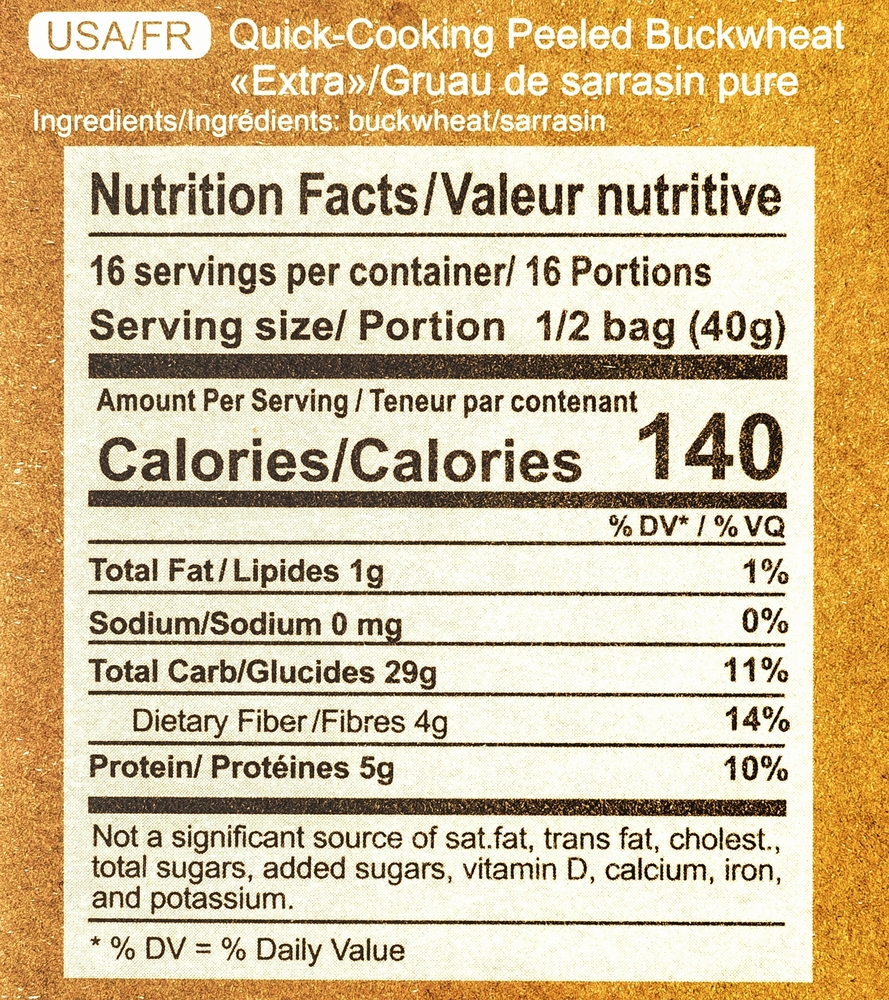
Calories tell you how much energy food provides per serving, and they’re one of the most eye-catching numbers on the label. While they matter for weight management, calories alone don’t show the full nutritional picture. A higher-calorie food like nuts can be nutrient-rich and satisfying, while a lower-calorie snack packed with refined sugar might leave you hungry soon after. It’s also easy to misjudge calories if you overlook serving size. That small pint of ice cream might look harmless until you notice it contains four servings, which means four times the calories listed per serving. Always view calories in context with nutrient density.
3. % Daily Value (% DV)
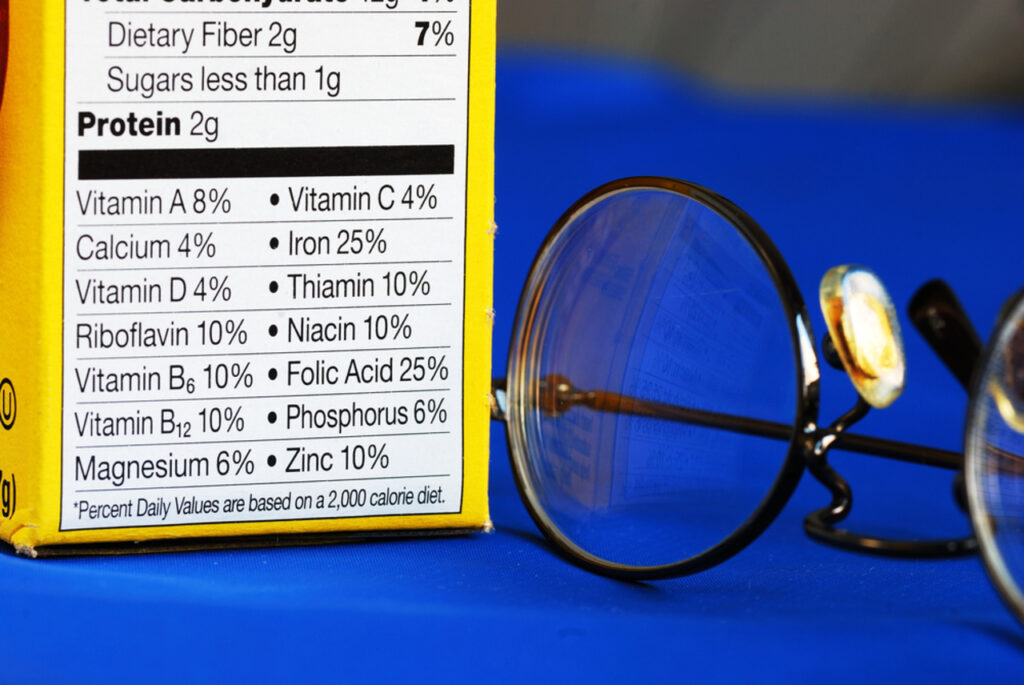
The % Daily Value is one of the most practical tools on a food label because it shows how much a nutrient contributes to your total daily needs. It’s based on a 2,000-calorie diet, so while individual needs vary, it still gives a quick frame of reference. Five percent DV or less is considered low, while 20 percent DV or more is considered high. This makes it easy to compare foods without doing complicated math. If you’re aiming to cut sodium, pick items with 5 percent DV or less. If you want more fiber, choose products with 20 percent DV or higher. It’s a simple way to check whether a product fits your nutritional goals.
4. Added Sugars
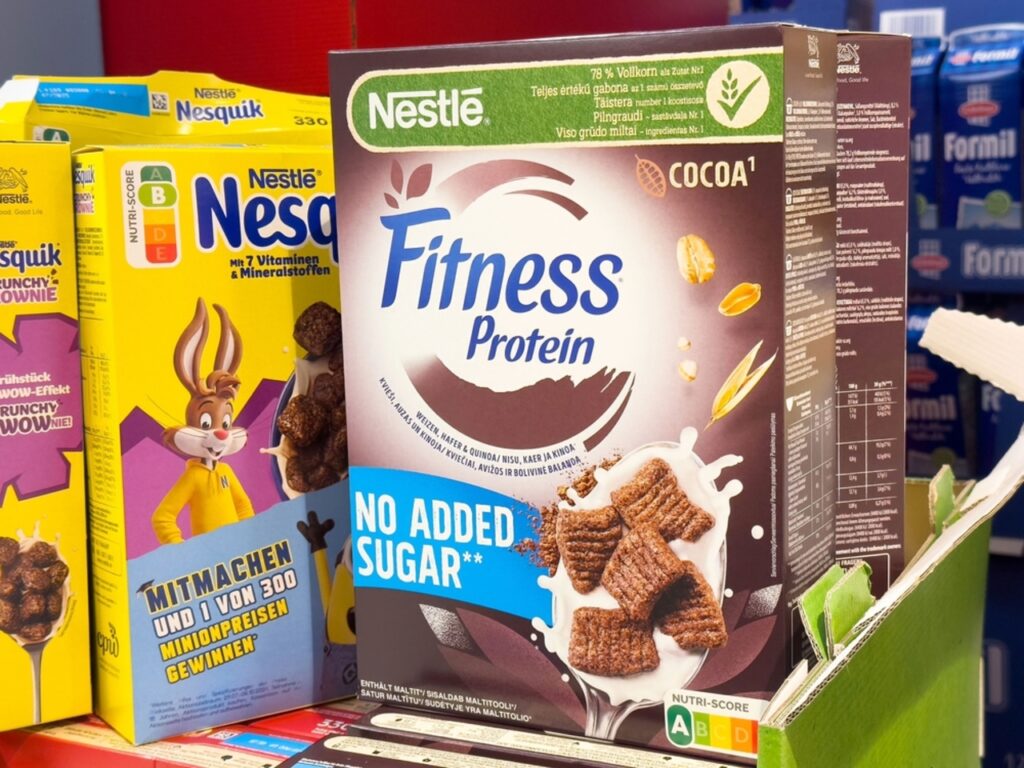
Added sugars are the extra sweeteners manufacturers mix in during processing, and they are now highlighted separately on labels. This distinction matters because natural sugars in fruit and milk come with fiber, protein, or nutrients, while added sugars only add calories. Too much added sugar is linked with weight gain, tooth decay, and metabolic strain. Labels show both grams and % DV, making it easier to see how quickly you’re reaching the daily recommended limit. Ingredient lists often reveal sugar under many names, like corn syrup, cane sugar, or maltose. A product marketed as “low fat” can still be high in added sugar, so checking this line is crucial.
5. Saturated Fat / Trans Fat
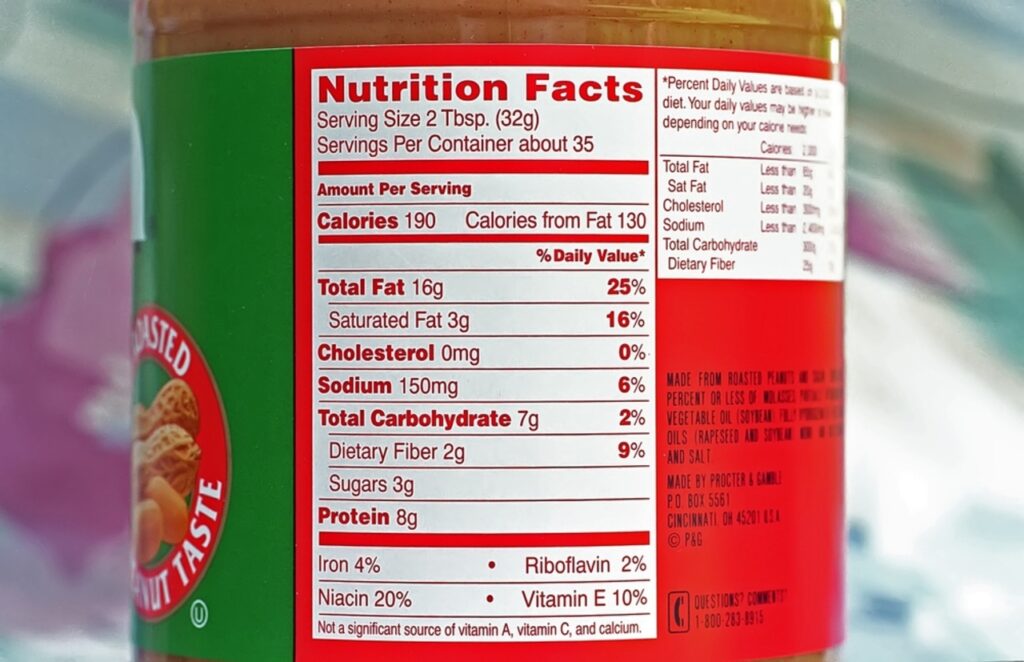
The fat section tells you not only how much fat a serving contains but also the type. Saturated fat raises LDL cholesterol for many people, which is why nutrition guidelines suggest limiting it. Trans fats are even more harmful because they increase bad cholesterol and lower good cholesterol, which is why they’ve been phased out of most foods. Still, small amounts can appear in products, often hidden under “partially hydrogenated oils” in the ingredients. Even if the label says 0 grams of trans fat, the food may contain up to 0.5 grams per serving. This makes careful label reading essential if you want to manage heart health.
6. Dietary Fiber
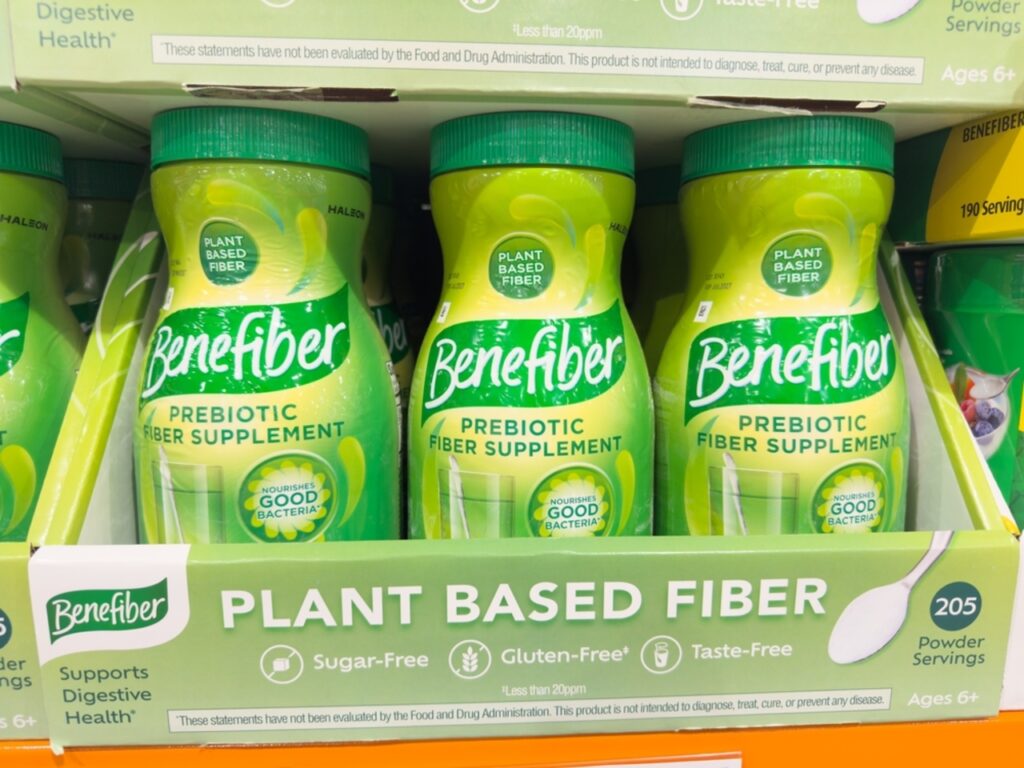
Fiber is a nutrient that supports digestion, stabilizes blood sugar, and helps lower cholesterol, but many people fall short of the daily target. Labels list fiber in grams and % DV, so you can easily see whether a product makes a meaningful contribution. Aim for foods with at least a few grams per serving, especially when buying breads, cereals, and packaged snacks. Whole grains, legumes, fruits, and vegetables are naturally fiber-rich. Choosing higher fiber foods not only improves digestive health but also keeps you fuller for longer, which can help with weight management. Looking at fiber is a simple way to separate truly whole-grain products from those that are mostly refined.
7. Ingredients List
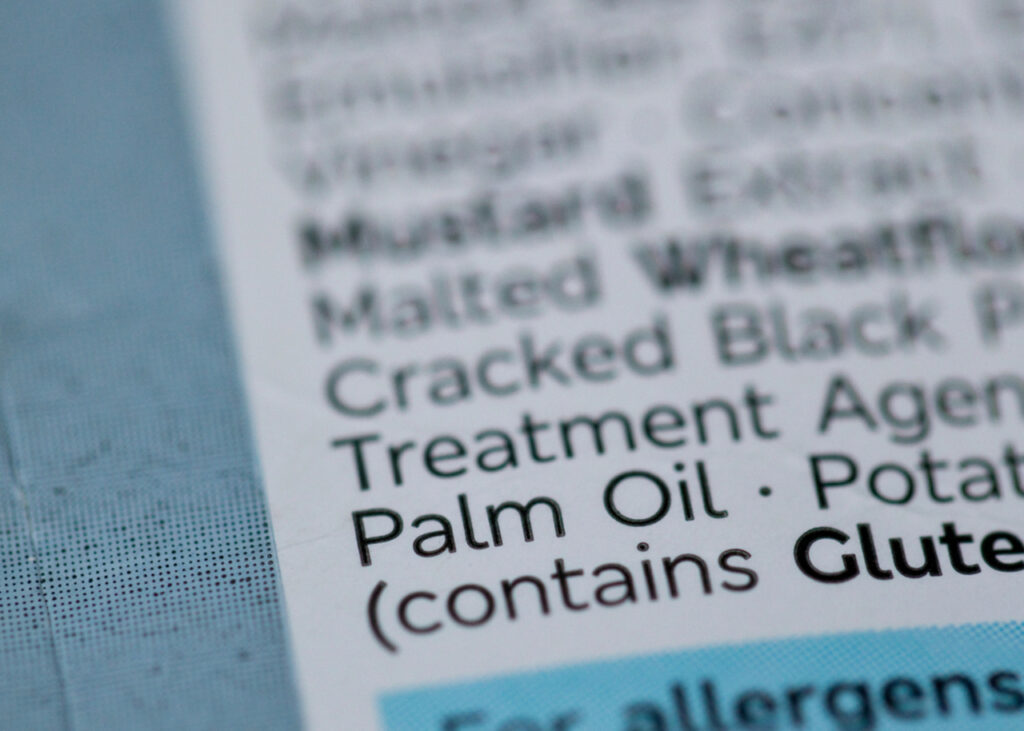
The ingredients list reveals what’s really inside a product and in what proportion. Ingredients are listed in descending order by weight, so the first few items tell you what the food is mostly made of. If sugar, refined grains, or oils appear at the top, that should raise a flag. Short and familiar ingredient lists often indicate a simpler, less processed food, while long lists with additives and unfamiliar terms can suggest heavy processing. It’s also the best place to check for allergens like soy, dairy, or nuts. Marketing phrases on the front of a package may sound appealing, but the ingredients list always tells the truth.
8. Health Claims
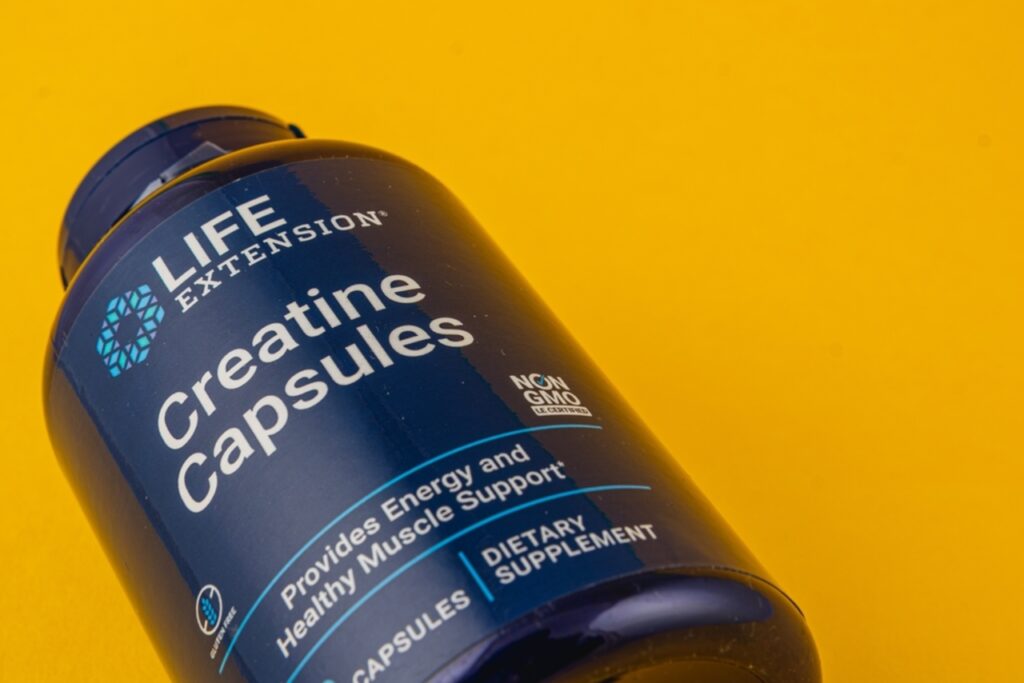
Words like “low fat,” “good source of fiber,” or “natural” are designed to draw your attention, but they don’t always tell the whole story. Regulated claims such as “low fat” or “high in calcium” must meet specific FDA definitions, while terms like “natural” are vague and not tightly monitored. “Organic” is one of the more reliable claims because it requires certification. Still, a product with a bold health claim can also be high in sugar or sodium. Using the Nutrition Facts panel and ingredients list alongside claims helps you separate genuine health benefits from marketing tactics.
9. Sodium / Salt / % DV Sodium
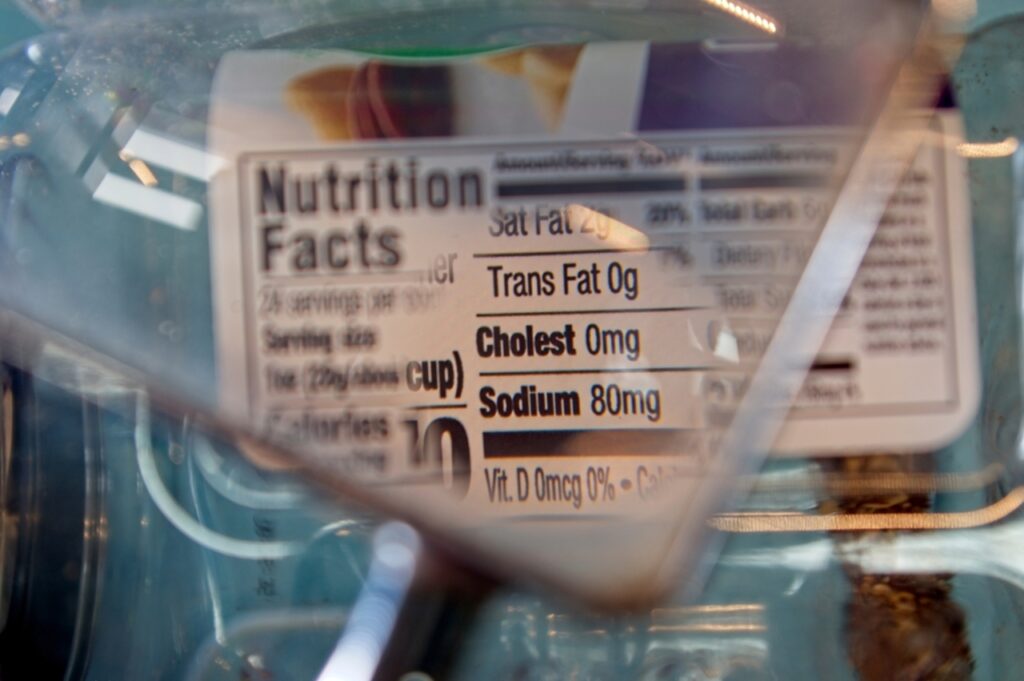
Sodium is one of the nutrients Americans tend to overconsume, and food labels make it easier to track. It’s measured in milligrams per serving, with % DV based on a 2,300 mg daily limit for most adults. Many processed and packaged foods contain far more sodium than expected because salt preserves and enhances flavor. Choosing lower-sodium options can help reduce blood pressure and improve cardiovascular health. Terms like “low sodium” and “reduced sodium” have specific meanings, with “low sodium” set at 140 mg or less per serving. Comparing sodium across products is one of the simplest steps you can take toward healthier choices.
10. Cholesterol
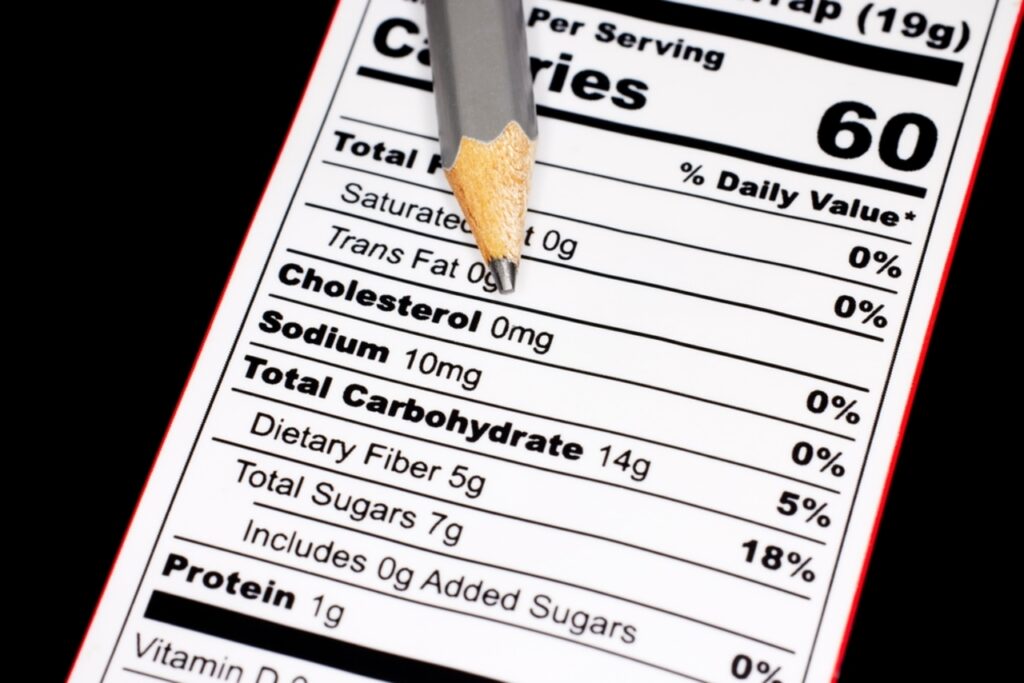
Cholesterol still appears on food labels, though current dietary guidelines emphasize focusing more on saturated and trans fats. For most people, dietary cholesterol from food doesn’t impact blood cholesterol as strongly as once thought, but it can still matter for those with specific health conditions. The label shows cholesterol in milligrams per serving and % DV so you can see how it fits into your daily intake. While it’s helpful to track, your overall dietary pattern, rich in vegetables, fruits, whole grains, and healthy fats, has a greater impact on long-term health than any single number. Reading cholesterol on labels is still a valuable context when choosing between products.





